The little-known history of whaling
Welcome to the captivating world of whaling, a practice that has shaped human history across millennia. Whaling is the hunting of whales primarily for their oil, meat, and baleen.
It is a practice that has left a significant imprint on various cultures around the globe. Despite its controversial nature, whaling has been a source of economic and cultural significance for many communities. Prepare to dive deep into the history, techniques, and cultural impact of this age-old practice.
Ancient Beginnings: Whaling in Prehistoric Times
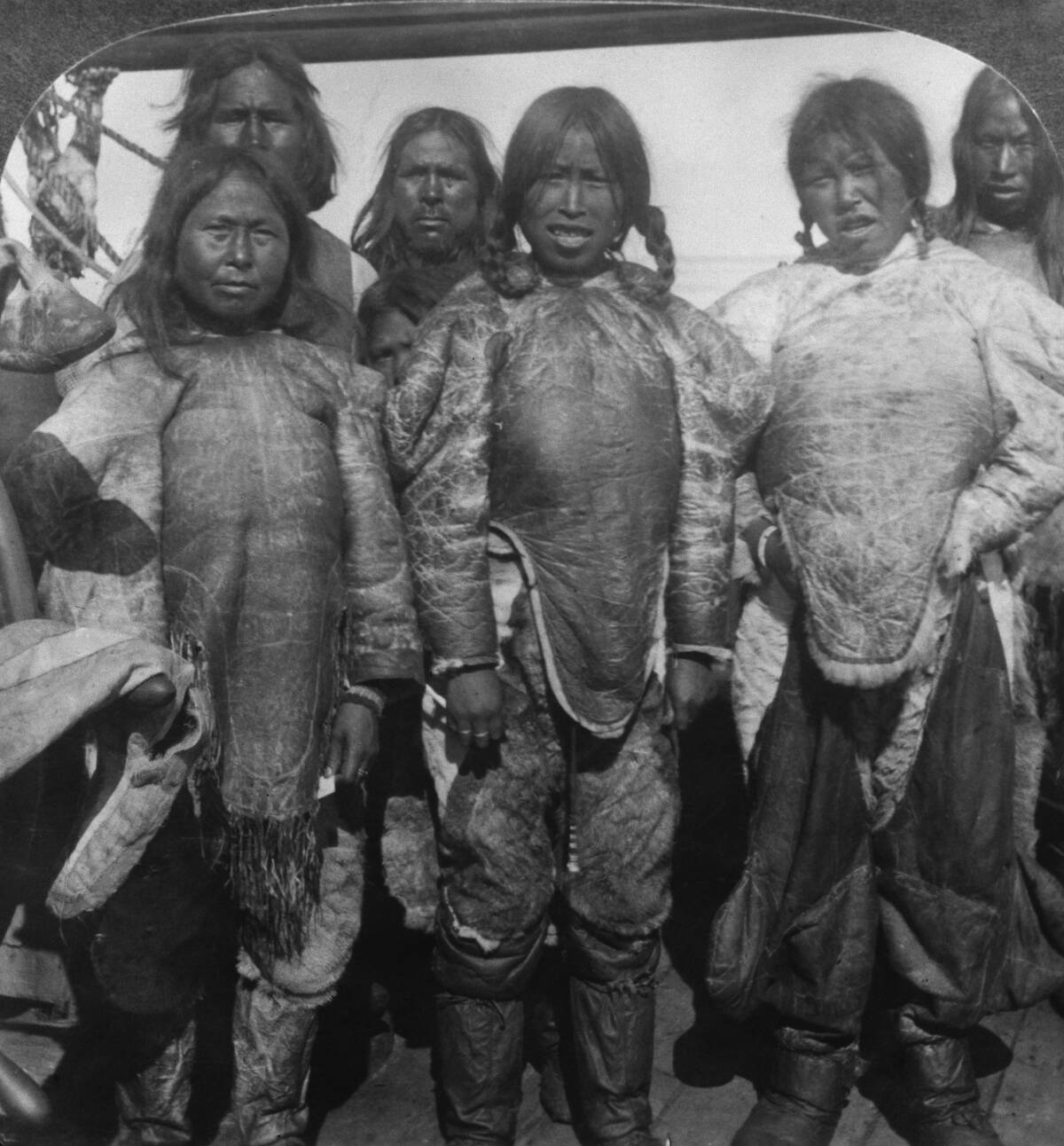
Long before modern technology, prehistoric communities along coastlines thrived on the resources provided by whales. Archaeological evidence suggests that whale hunting dates back to at least 6000 BC.
These early whalers utilized simple tools such as bone harpoons and kayaks to hunt small cetaceans. The relationship between humans and whales in prehistoric times was likely one of opportunistic hunting, relying on beached whales as much as active hunting.
Whaling in Ancient Cultures: From the Basques to the Norse

The Basques were among the first to turn whaling into a commercial enterprise, beginning in the 11th century at the latest. They developed sophisticated techniques and ventured far into the Atlantic to hunt the right whales.
Meanwhile, the Norse people also engaged in whaling, as is evidenced by Norse sagas that mention the practice. For these ancient cultures, whales provided much-needed resources, and whaling became integral to their economies and traditions.
The Rise of Whaling in Medieval Europe

By the medieval period, whaling began to take on a more organized form in Europe. Coastal communities in places like England and France developed specialized equipment for whaling, such as harpoons and large boats.
This era saw the emergence of whaling guilds and regulations. The demand for whale oil, used in lamps, and baleen, used in products like corsets, drove the expansion of the industry across the continent.
Indigenous Whaling: Traditions and Techniques

Indigenous communities across the world have practiced whaling for centuries, using unique techniques tailored to their environments. The Inuit people of the Arctic, for example, relied on coordinated group hunts and used every part of the whale for food, tools, and clothing.
In the South Pacific, the Māori of New Zealand had spiritual connections with whales, seeing them as ancestors. These traditional practices highlight the deep cultural ties and respect indigenous peoples have for whales.
Whaling in the Age of Exploration: 15th to 17th Century
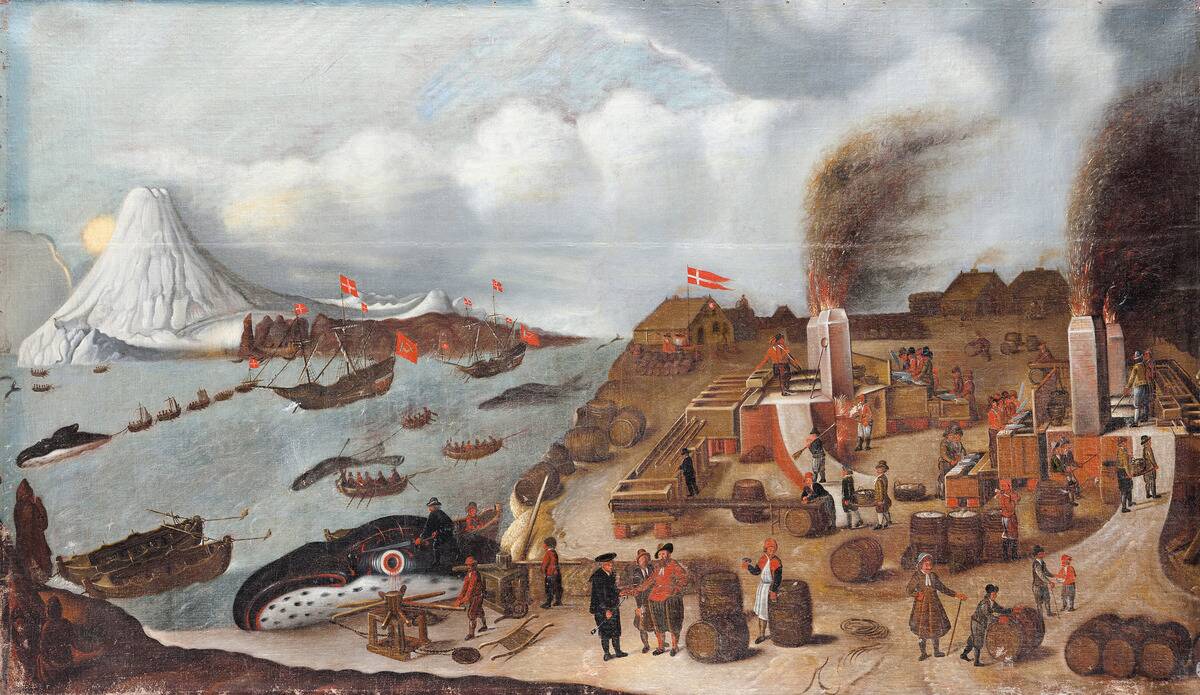
The Age of Exploration saw European nations expanding their whaling activities across the globe. From the 15th to the 17th century, explorers like the Dutch, British, and Portuguese set sail to new seas, hunting whales to support their burgeoning empires.
Whaling stations were established in far-off places like the Arctic and the Americas. This era marked the beginning of global whaling, as nations competed for whale resources to fuel their economic growth.
The Golden Age of Whaling: 18th and 19th Centuries
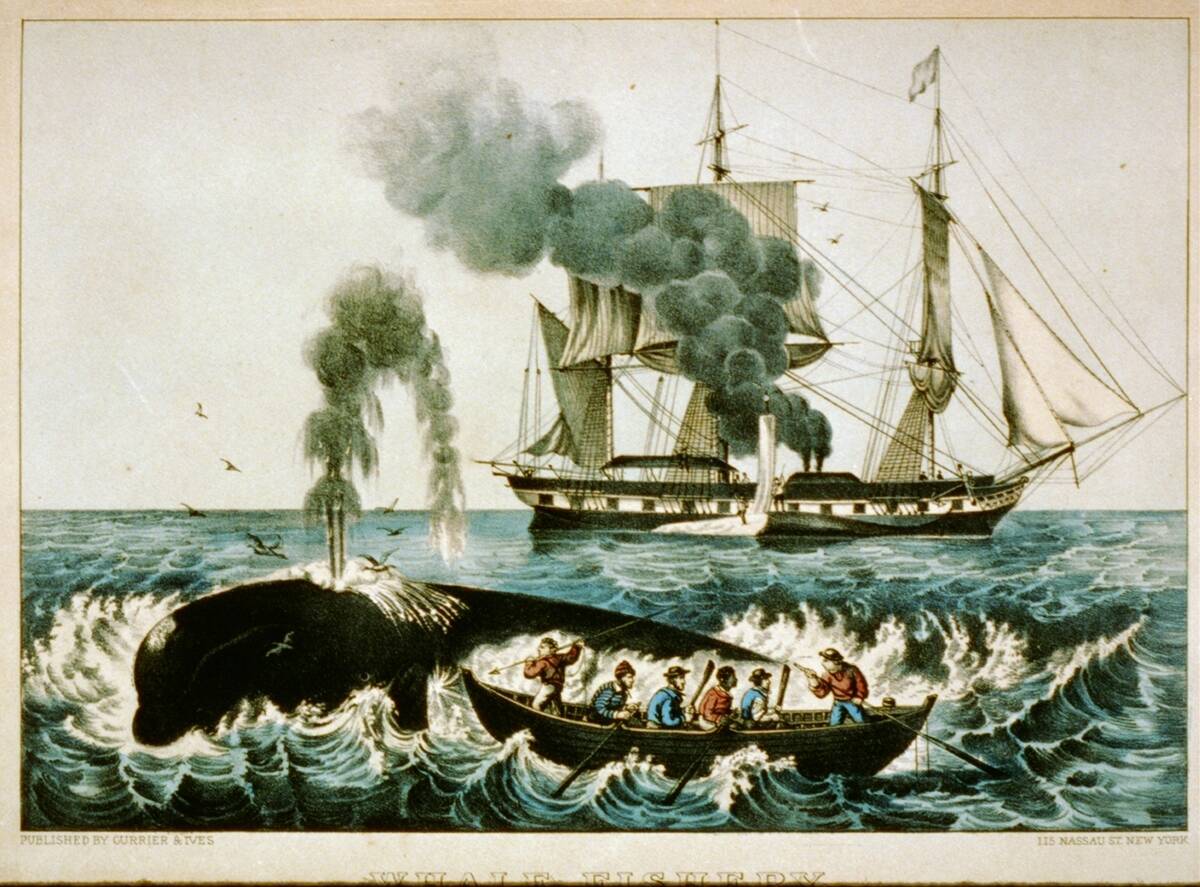
Whaling reached its zenith during the 18th and 19th centuries, often referred to as the Golden Age of Whaling. Nantucket and New Bedford in the United States became bustling centers of the whaling industry.
During this period, sperm whales were highly prized for their spermaceti oil, used in candles and lubricants. The industry employed thousands, and the tales of whalers like those in Herman Melville’s Moby-Dick became legendary.
The Industrial Revolution and Its Impact on Whaling

The Industrial Revolution brought significant changes to the whaling industry. Advancements in shipbuilding and navigation allowed whalers to travel further and hunt more efficiently.
Steam-powered ships replaced traditional sailing vessels, increasing the scale of whaling operations. The demand for whale oil soared, as it was used to light the streets of rapidly growing cities. However, this period also marked the beginning of overexploitation, leading to a decline in whale populations.
Whaling and the American Frontier: Nantucket and Beyond

Nantucket was once the whaling capital of the world. Its residents were renowned for their expertise in hunting whales and processing their valuable oil.
As the industry expanded, whalers ventured further into the Pacific, establishing new grounds off the coasts of California and Hawaii. Whaling became a frontier endeavor, with adventurous sailors braving unknown seas and contributing to the expansion of American territories in pursuit of profits.
Whaling in Literature: Stories and Legends
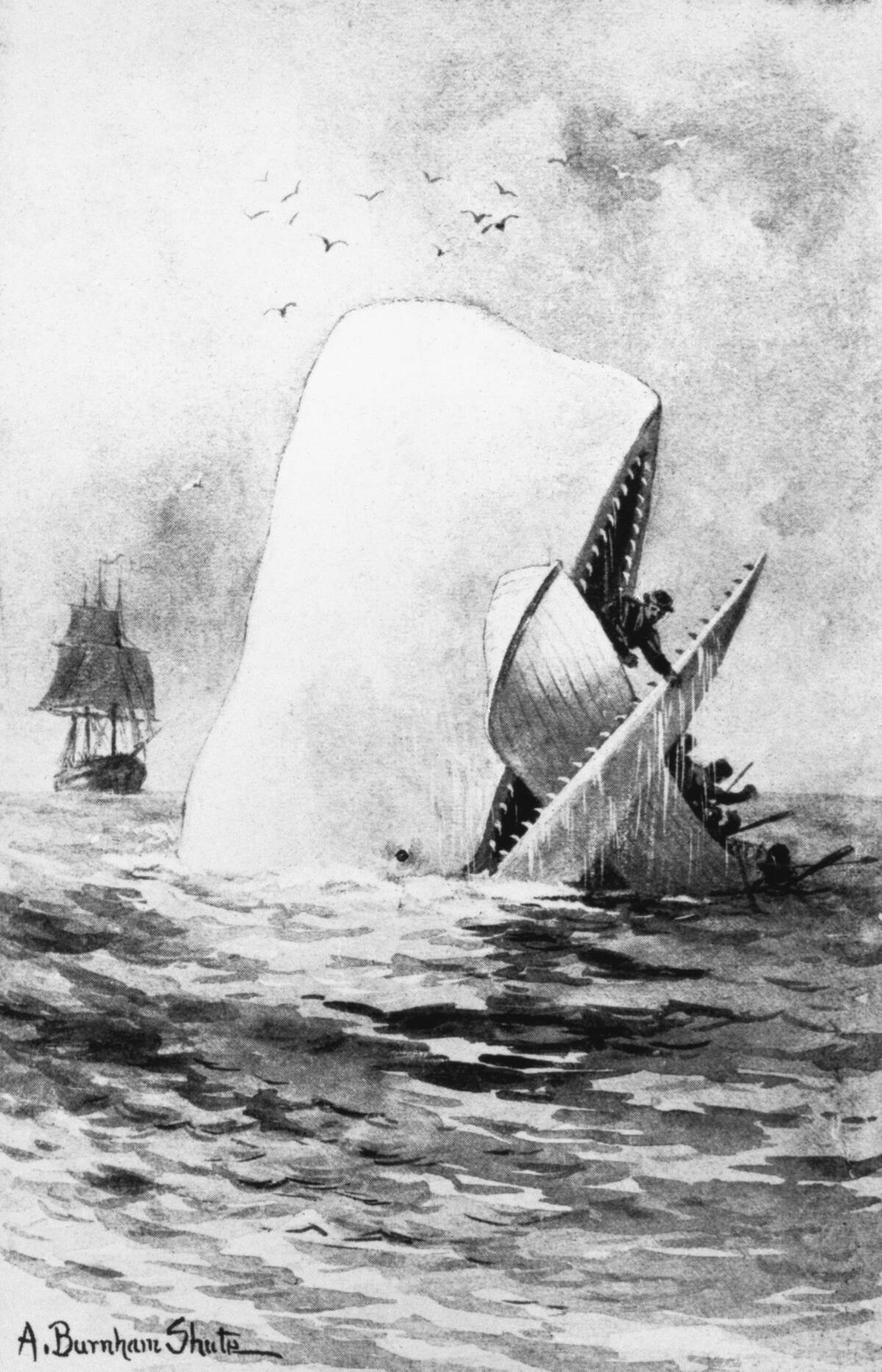
Whaling has inspired countless stories and legends, leaving a lasting impact on literature. Herman Melville’s Moby-Dick is perhaps the most famous whaling novel, portraying the epic struggle between man and nature.
Other writers, like Edgar Allan Poe and Nathaniel Philbrick, have also explored the themes and adventures of whaling. These tales capture the danger, mystery, and allure of the whaling life, cementing its place in literary history.
The Role of Whaling in the Development of Global Trade
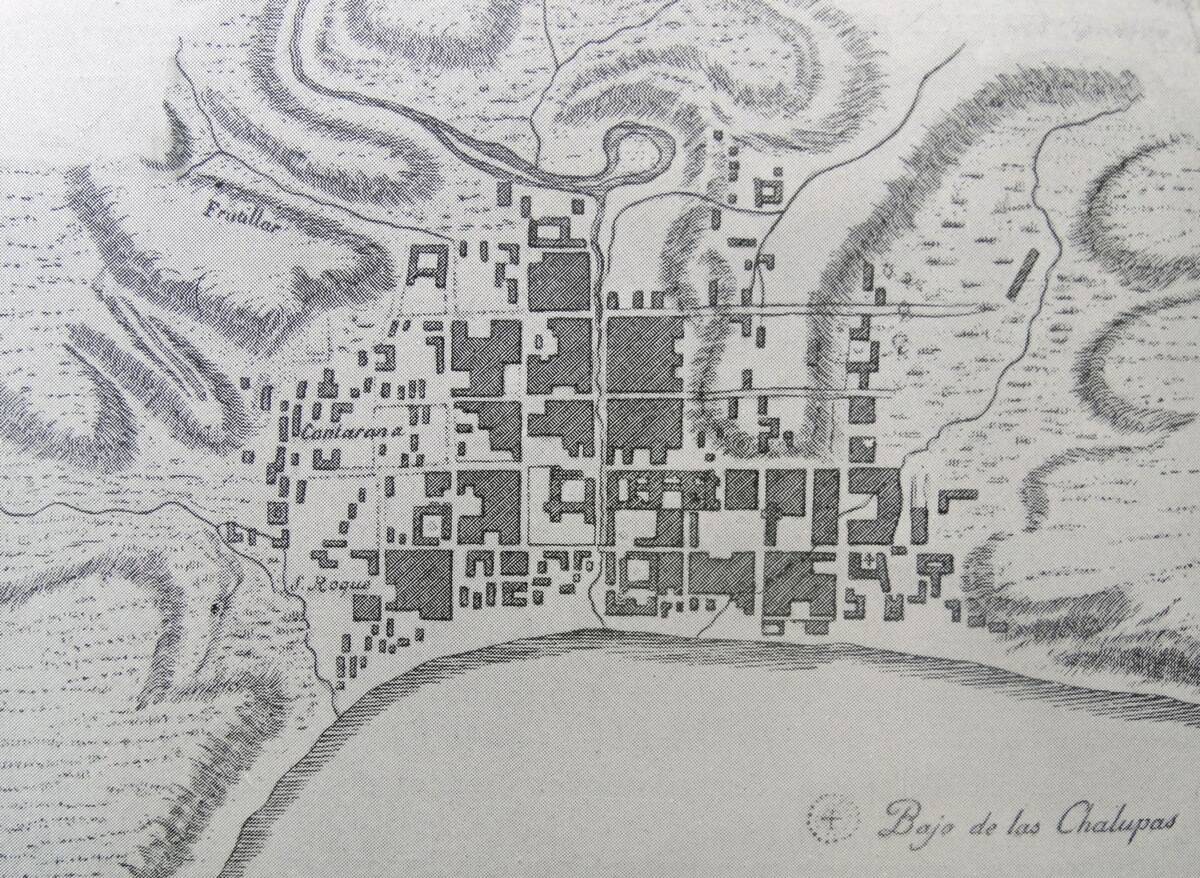
Whaling played a crucial role in the development of global trade networks. Whale oil and baleen were valuable commodities traded across continents, fueling industries and economies.
The demand for these products spurred international trade routes, connecting regions like New England, Europe, and Asia. The commerce of whale products helped lay the groundwork for modern global trade, as nations sought to capitalize on the lucrative whaling industry.
Whaling Equipment and Techniques: A Look Back in Time

Throughout history, whaling equipment and techniques have evolved dramatically. Early whalers used hand-thrown harpoons, but as the industry grew, innovations like harpoon guns and explosive harpoons were introduced.
Ships were outfitted with tryworks, large brick ovens for rendering whale blubber into oil. These advancements enabled whalers to hunt more efficiently and process larger quantities of whale products, reflecting the increasing industrialization of whaling.
Whaling Cultures Around the World: Practices and Beliefs
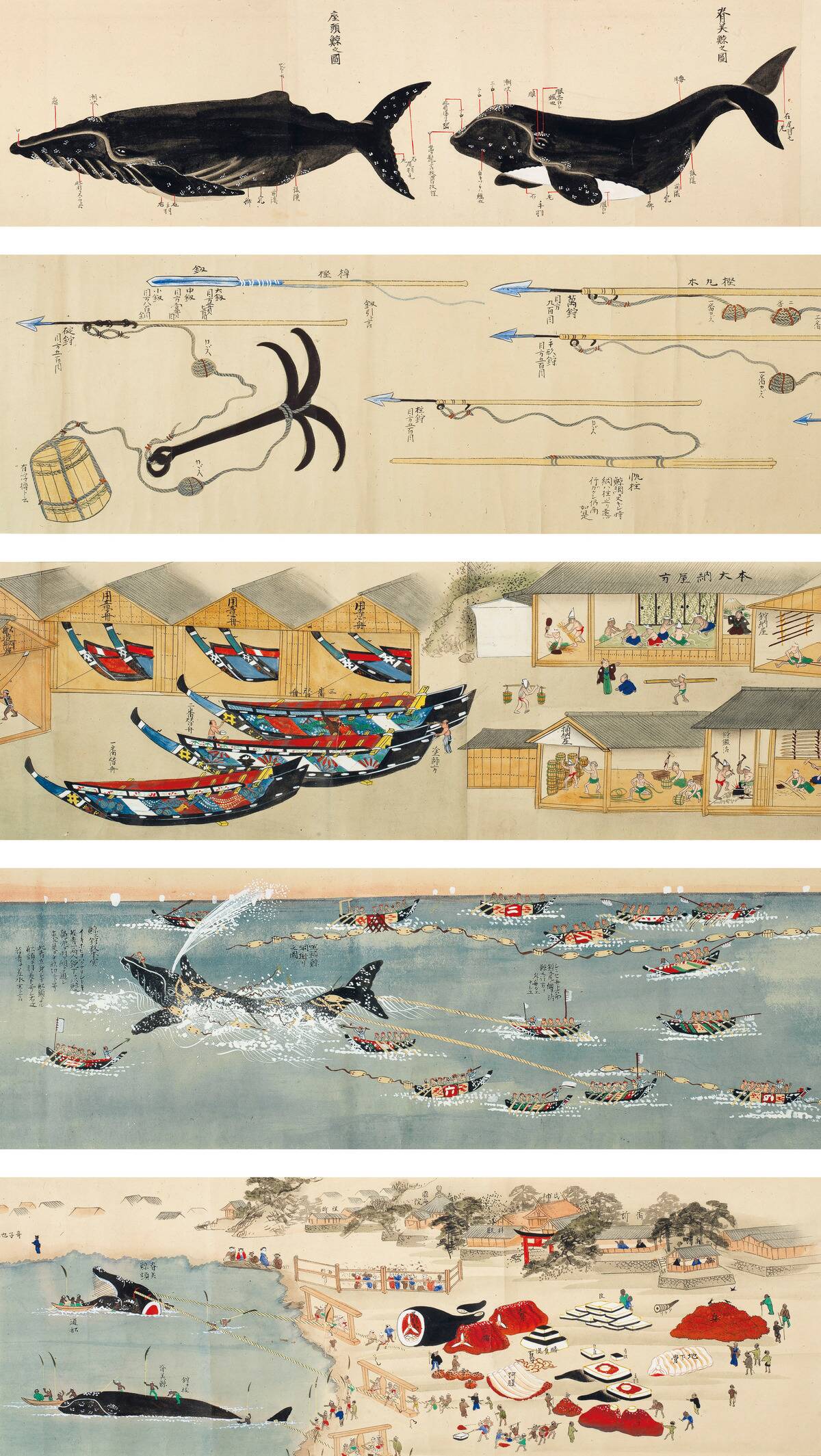
Whaling has been practiced by diverse cultures worldwide, each with its own unique beliefs and customs. In Japan, whaling has a history dating as far back as the 12th Century, with ceremonies honoring the spirit of the whale.
The Aleut people of Alaska view whales as integral to their way of life, relying on them for sustenance and cultural practices. These cultural perspectives highlight the complex and varied relationships humans have with whales, beyond just economic interests.
Famous Whales and Legendary Whalers in History

Throughout history, certain whales and whalers have achieved legendary status. “Moby Dick,” inspired by the real-life sperm whale Mocha Dick, is a prime example.
Whalers like Captain George Pollard of the Essex, whose ship was sunk by a whale, have become part of maritime lore. These stories of remarkable whales and the daring individuals who pursued them continue to capture the imagination, highlighting the drama and danger inherent in whaling.
The Decline of Whaling in the 20th Century
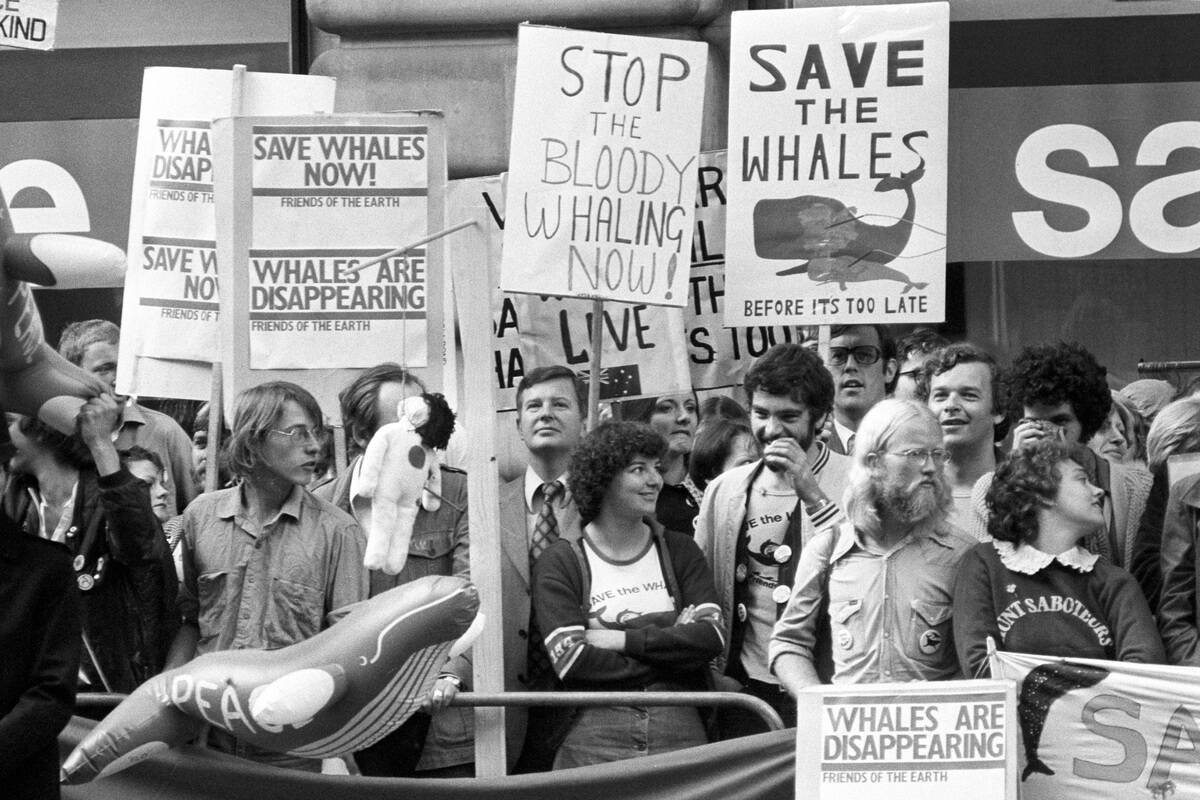
The 20th century witnessed a significant decline in whaling activities due to various factors. Overhunting had led to dwindling whale populations, prompting international concern. The development of alternative energy sources, like kerosene and electricity, decreased the demand for whale oil.
In response, many countries began enacting regulations and bans on commercial whaling. These measures marked the beginning of a shift towards conservation and the protection of whale species.
Conservation Movements and the Endangered Whale
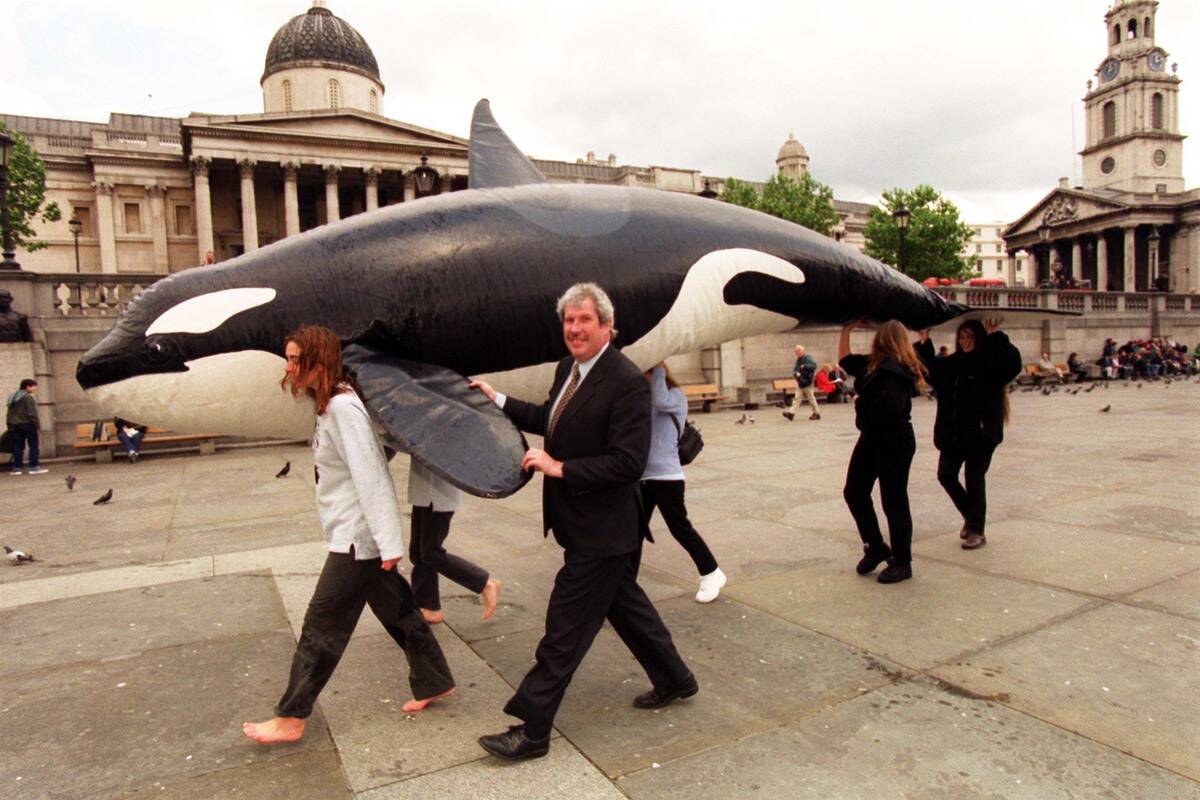
As awareness of the plight of whales grew, conservation movements gained momentum. Organizations like Greenpeace and the International Whaling Commission have played pivotal roles in advocating for the protection of whales.
Efforts to save endangered species, such as the blue whale and the North Atlantic right whale, have led to increased scientific research and legal protections. These initiatives aim to ensure the survival of whale populations for future generations.
Modern Whaling: Controversies and Conservation Efforts
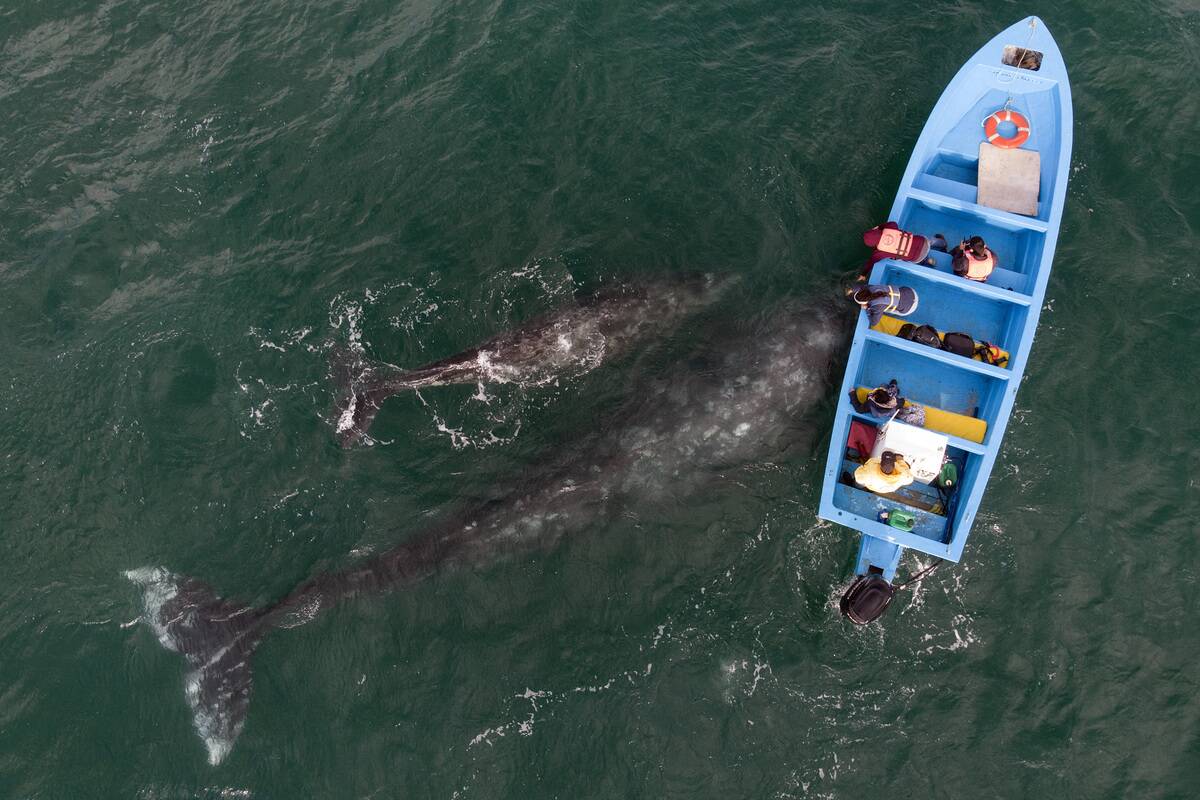
Modern whaling remains a contentious issue, with debates over cultural traditions and conservation efforts. Japan, Norway, and Iceland continue commercial whaling today, either withdrawing from the International Whaling Commission or challenging its specific clauses.
However, international pressure to end whaling persists, focusing on the need to protect whale populations and ecosystems. As technology advances, non-lethal research methods offer alternatives to study whales, fostering a balance between cultural practices and conservation.
The Lasting Legacy of Whaling on Coastal Communities
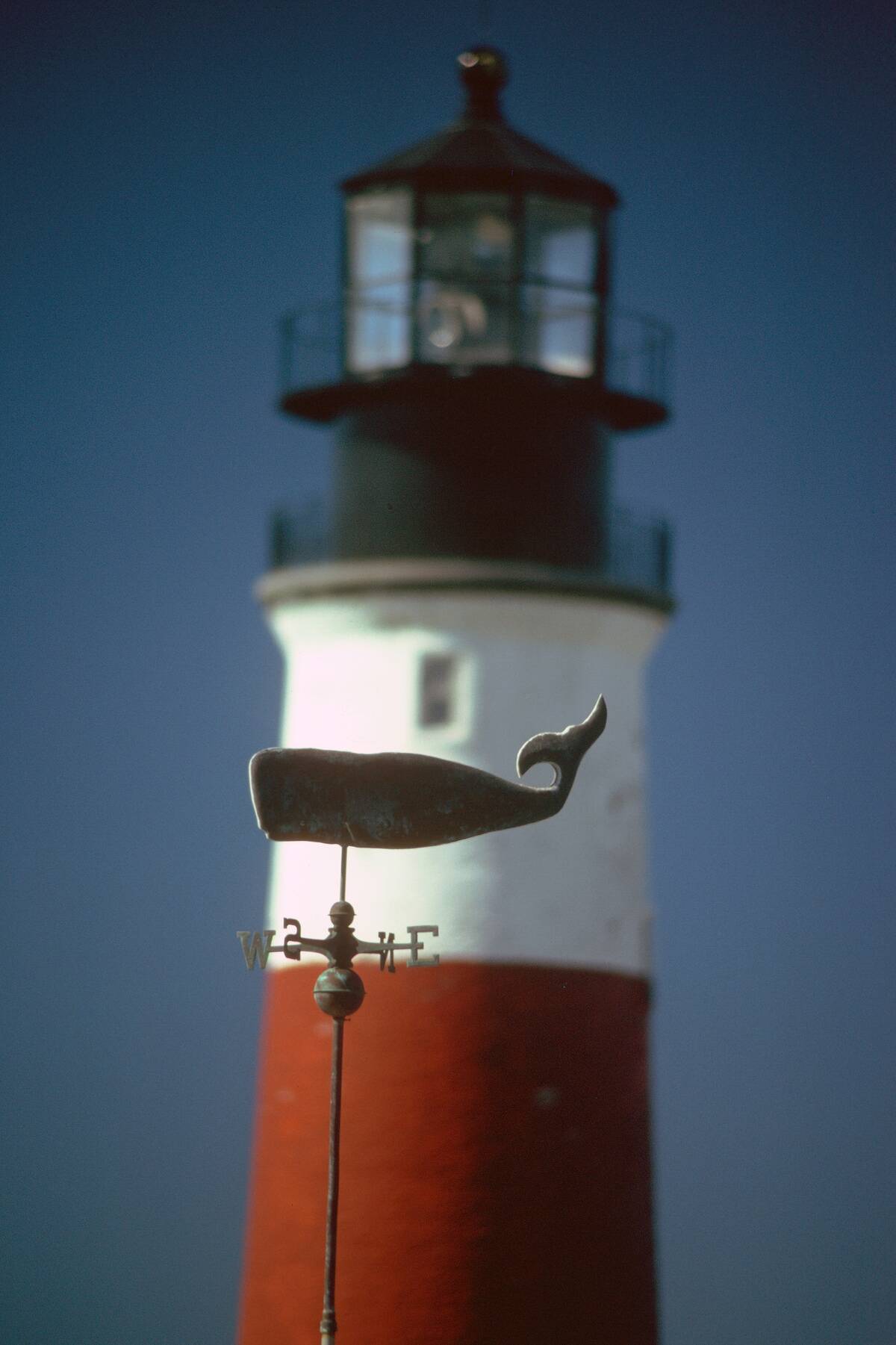
Whaling has left a profound legacy on coastal communities that once thrived on the industry. Towns like New Bedford and Nantucket bear the architectural and cultural marks of their whaling past.
Museums and festivals celebrate this heritage, attracting tourists and preserving history. While commercial whaling has largely ceased, the echoes of its influence remain, shaping the identity and economy of these communities long after the last whale was hunted.



